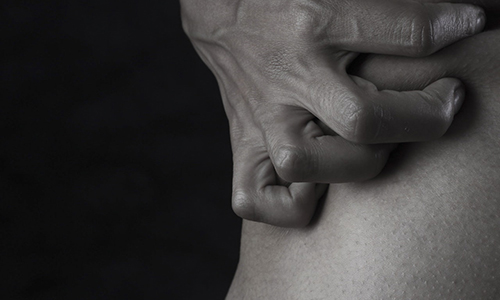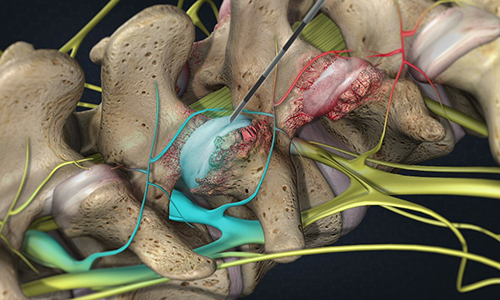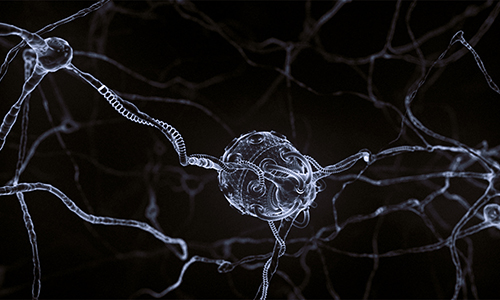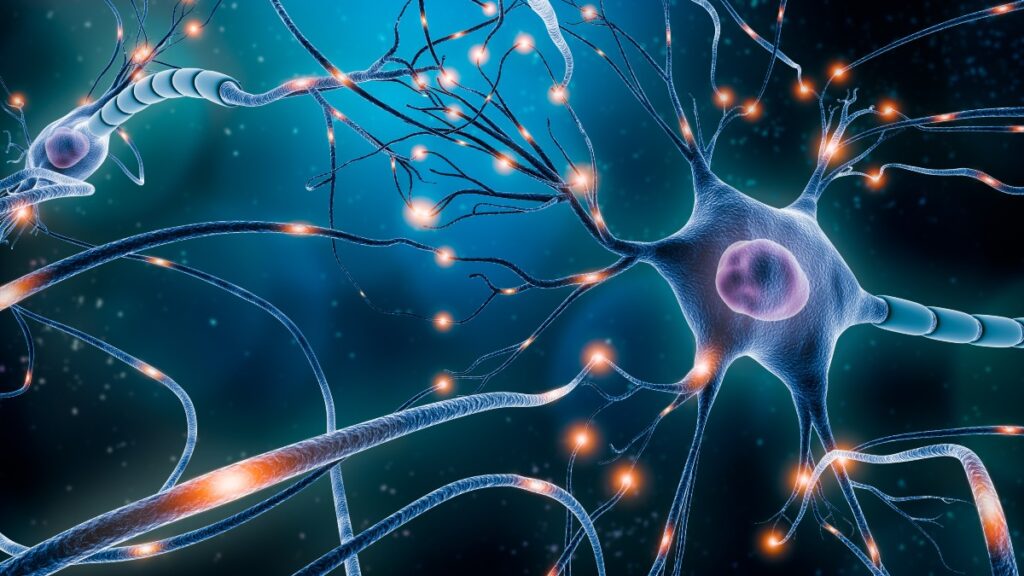SPINAL CORD STIMULATION
It works as a mask to cover the pain signal so the brain doesn't recognize it as pain.
Spinal cord stimulation is one of the innovative treatment options patients can expect from interventional pain management. As a specialist in the field, Dr. Justin Lo in San Jose, California, offers some of the most unique medical treatments available to manage chronic and acute pain. Through spinal cord stimulation, patients find relief from pain that interferes with their everyday lives, so they can focus on other things.
What is spinal cord stimulation?
Spinal cord stimulation is a form of neurostimulation therapy that can be very effective for those who suffer from chronic pain. The goal is to mask the pain by creating an alternative sensation. Spinal cord stimulation also triggers the release of the body's own pain-killing endorphins.
How does spinal cord stimulation work?
The process involves implanting a small generator under the skin. The wires attached to the generator connect to the appropriate nerve in the spine. The generator sends a tiny electrical pulse to the nerves in the spinal cord modifying the pain signals that travel to the brain. In a way, it tricks the body into believing there is no pain by changing the way it perceives it. It works as a mask to cover the pain signal so the brain doesn't recognize it as pain.
How does the implantation work?
The basic procedure involves the use of a local anesthetic. Dr. Lo inserts a hollow needle into the epidural space in the spine. The needle houses the leads that connect to the generator. He may work with the patient to find the optimal placement of the electrodes. By stimulating suspect nerves, the patient can tell Dr. Lo when the pain subsides to ensure full coverage, as well.
Once placed, a small incision allows for implantation of the generator. The location of the generator varies. Dr. Lo discusses that with each patient prior to the surgery to find the most comfortable fit based on his or her daily habits, like favorite sleeping position. Common placement locations include:
-
The abdomen
-
The upper buttocks
-
The upper chest








